Android 13 is here: new features, supported phones, all you need to know
Tiramisu is on the menu this year
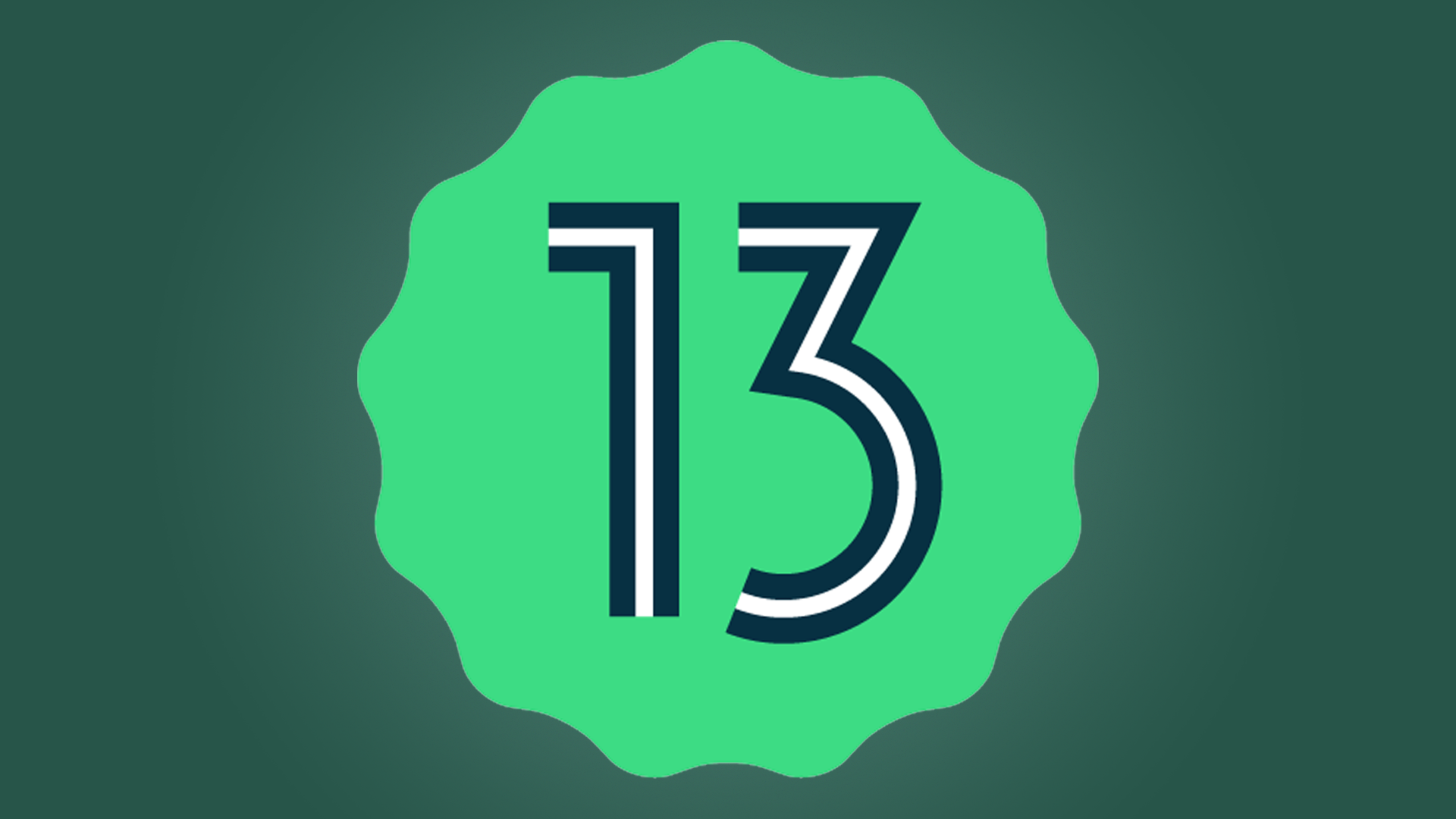
Android 13 'Tiramisu' was announced at Google IO 2022 and released in August a few months later, showcasing refinements in its design, improvements to notifications, and more.
Google had been focusing on security for this year's keynote, and Android 13 applies the same focus, with a shoutout to RCS, a text messaging standard, and wallet improvements.
The finished Android 13 version launched on August 15 2022, and you can see if your device is eligible by going to the Android beta webpage. With the debut of the Pixel 7 and 7 Pro, these devices bring some showcasing features to Android 13, such as unblurring photos.
Below, you'll find details of all the key features of Android 13, along with which devices will be compatible with it.
Android 13 release date
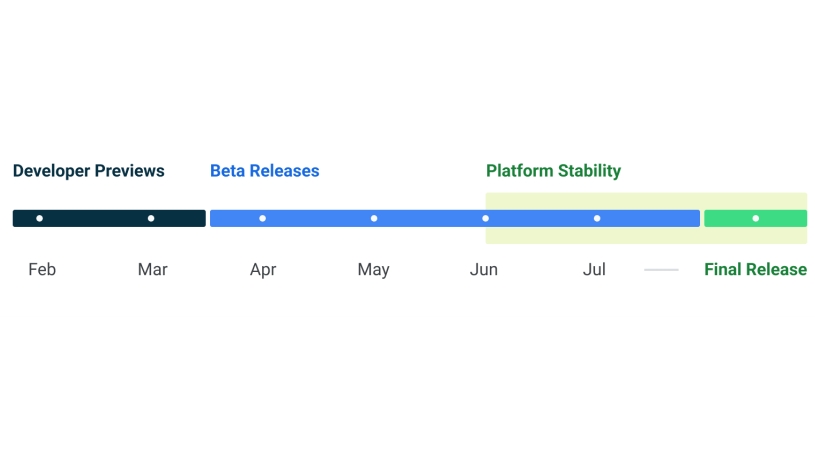
Android 13 arrived in August 2022, with Google announcing the sudden availability of it for its Pixel phones, much sooner than previous Android releases.
While Android 12 landed in October 2021, the previous two Android versions landed in September of their release years.
It had been named in some Google security update notes, which mentioned that Android 13 would run the September 2022 security patch by default. Given that Google releases these patches monthly, that in itself suggested a September launch for Android 13, but it turns out we were a month early in expecting its arrival.
Sign up for breaking news, reviews, opinion, top tech deals, and more.
With Pixel 7 and 7 Pro having debuted at a Google event back in October 2022, Android 13 is already loaded onto these devices, ready to go.
Android 13 supported devices
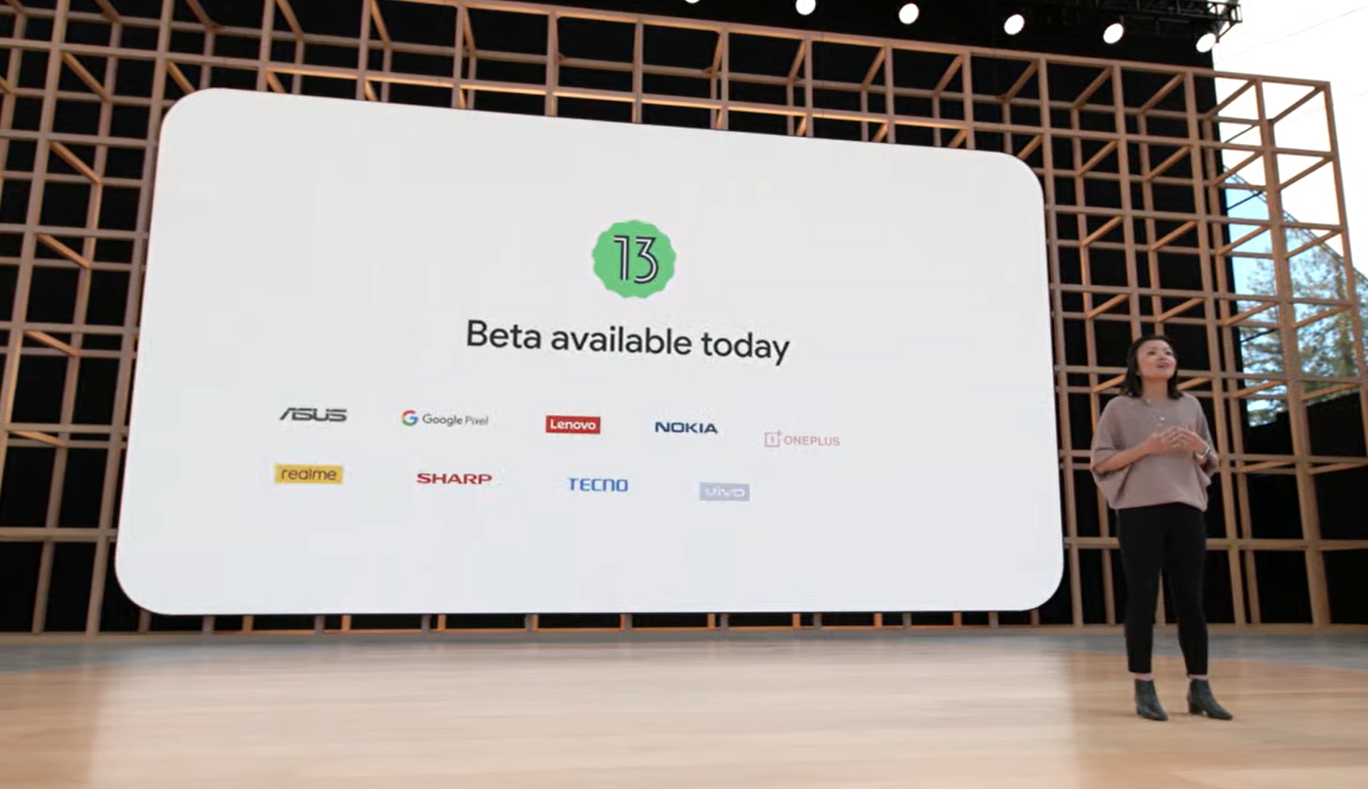
Android has a reputation for not making it easy to update your phone to the latest version. Part of it is due to the different manufacturers on how they have designed Android to match a brand, such as Samsung.
But with Google releasing a new Pixel phone every year, these usually come with the latest Android version. Indeed, Google confirmed that the Pixel 7 and 7 Pro will run Android 13 at its event announcing both devices, alongside the Pixel Watch.
The Google Pixel 6 and Pixel 6 Pro also support Android 13, as do older models from at least the Pixel 4 onwards, as they all supported the beta too during the summer.
These were the first devices to get Android 13, but other manufacturers are due to follow after a few weeks or months of testing and putting their own spin on the new Android release, but in many cases these phones likely won't get Android 13 until the first half of 2023.
Android 13 features
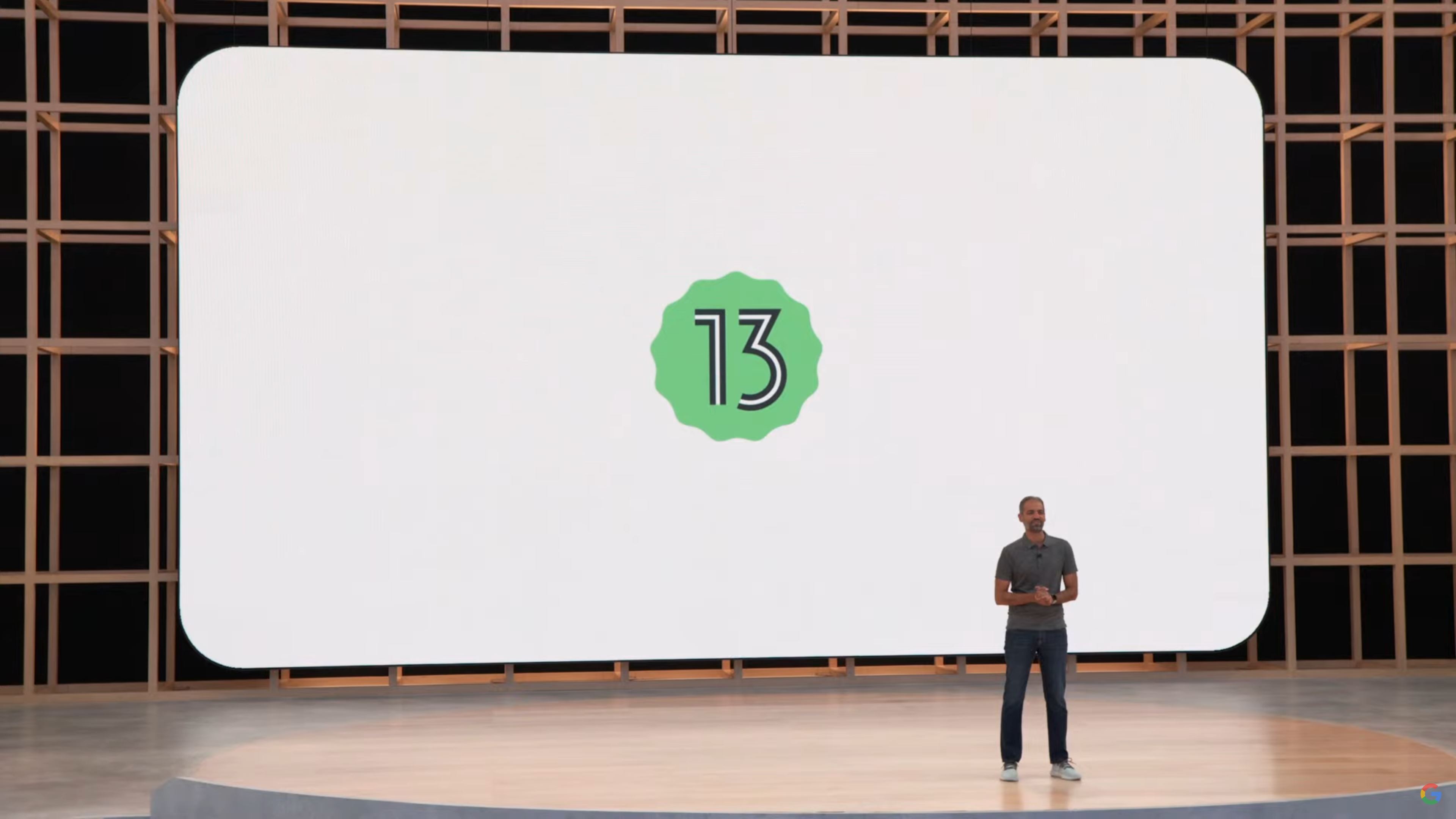
There's plenty of refinements for Material You, Android's theme in Android 13, with music controls on your lock screen to adapt to the colors you've chosen, alongside a bigger focus on security.
Earthquake warnings are being improved, with full-screen alerts to better describe the situation alongside useful ways to get to safety. There are also a few other significant features, detailed below.
Handing off
We were hoping that Google would be inspired from Apple's Handoff feature, and it looks as though our wish was heard.
You can hand off your images and media to a Google product, or an Android tablet. There's also 'Fast Pair', which can better pair your devices together in a much quicker way.
Google Wallet
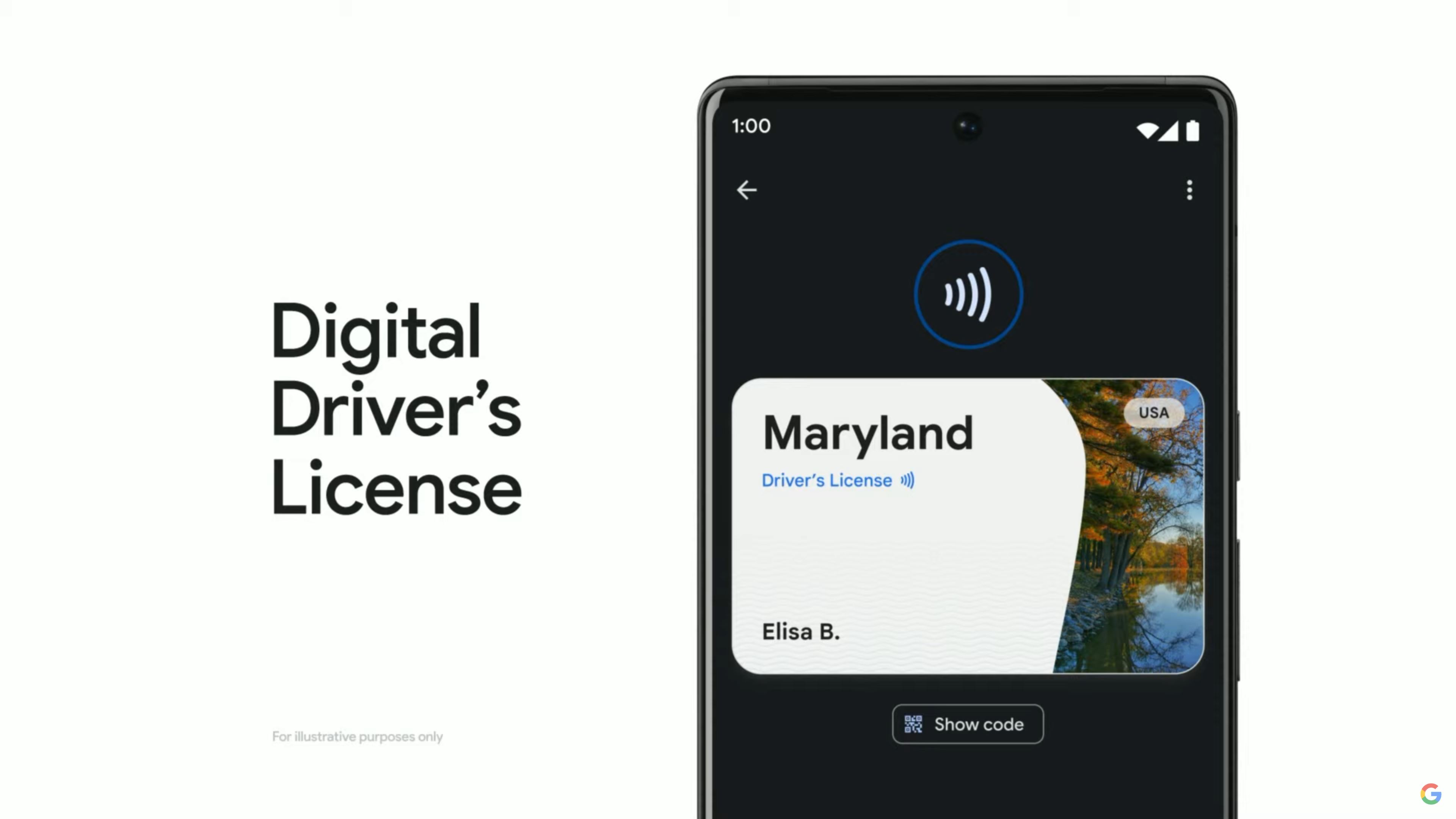
Google Wallet is a redesign of Google Pay, where it stores your payment cards, alongside event tickets, parking passes, vaccine cards, health insurance cards, flight passes, and lots more.
It's the one-stop shop for Android 13 users, with the aim to replace the wallet that you've been carrying around your pocket for years.
There's also plans for a digital driver's license in the US, debuting later in 2022.
Google also announced a focus for Android 13 is being tailored for tablets and foldable devices, which could hint toward a Pixel Fold.

Daryl is a freelance writer and author of two books—The Making of Tomb Raider and 50 Years of Boss Fights. A third book, the follow up to ‘Tomb Raider’, comes out in 2026. Having worked at TechRadar previously as a software writer from 2021 to 2023, Daryl understands how software can benefit users, as well as having an interest in how accessibility features can benefit others.
With over a decade of experience, his work has been featured in Tom’s Guide, SUPERJUMP, Pocket Tactics, Radio Times, The Escapist, and more.